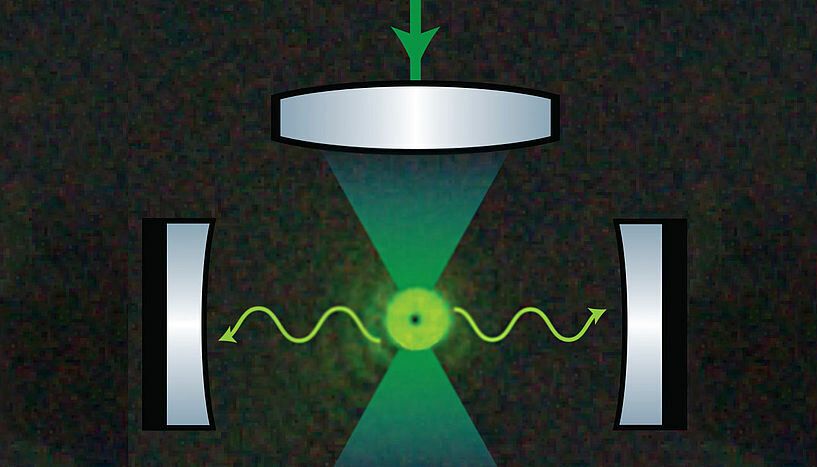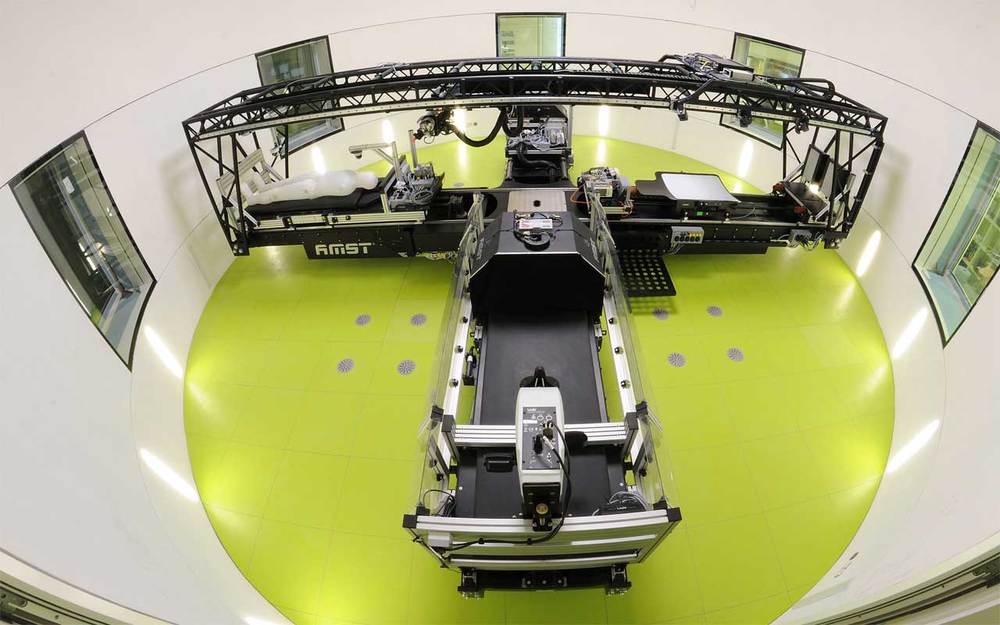Summary: Machine learning significantly improves the accuracy of predicting premature deaths, from all causes, in a middle-aged population compared with more traditional models. Source: University.
Neuroscience News

Summary: Machine learning significantly improves the accuracy of predicting premature deaths, from all causes, in a middle-aged population compared with more traditional models. Source: University.
Neuroscience News

Red blood cells are amazing. They pick up oxygen from our lungs and carry it all over our body to keep us alive. The hemoglobin molecule in red blood cells transports oxygen by changing its shape in an all-or-nothing fashion. Four copies of the same protein in hemoglobin open and close like flower petals, structurally coupled to respond to each other. Using supercomputers, scientists are just starting to design proteins that self-assemble to combine and resemble life-giving molecules like hemoglobin. The scientists say their methods could be applied to useful technologies such as pharmaceutical targeting, artificial energy harvesting, ‘smart’ sensing and building materials, and more.


The Quantum Flagship was first announced in 2016, and on 29 October, the commission announced the first batch of fund recipients. The 20 international consortia, each of which includes public research institutions as well as industry, will receive a total of €132 million over 3 years for technology-demonstration projects.
One of the most ambitious EU ‘Flagship’ schemes yet has picked 20 projects, aiming to turn weird physics into useful products.


When a particle is completely isolated from its environment, the laws of quantum physics start to play a crucial role. One important requirement to see quantum effects is to remove all thermal energy from the particle motion, i.e. to cool it as close as possible to absolute zero temperature. Researchers at the University of Vienna, the Austrian Academy of Sciences and the Massachusetts Institute of Technology (MIT) are now one step closer to reaching this goal by demonstrating a new method for cooling levitated nanoparticles. They now publish their results in the renowned journal Physical Review Letters.
Tightly focused laser beams can act as optical “tweezers” to trap and manipulate tiny objects, from glass particles to living cells. The development of this method has earned Arthur Ashkin the last year’s Nobel prize in physics. While most experiments thus far have been carried out in air or liquid, there is an increasing interest for using optical tweezers to trap objects in ultra-high vacuum: such isolated particles not only exhibit unprecedented sensing performance, but can also be used to study fundamental processes of nanoscopic heat engines, or quantum phenomena involving large masses.
A key element in these research efforts is to obtain full control over the particle motion, ideally in a regime where the laws of quantum physics dominate its behavior. Previous attempts to achieve this, have either modulated the optical tweezer itself, or immersed the particle into additional light fields between highly reflecting mirror configurations, i.e. optical cavities.

I’ve spent most of the past two years focusing on issues like harmful content, elections integrity and privacy. I think it’s important to define what roles we want companies and governments to play in taking on these challenges, so I wrote this op-ed laying out how regulation can help.
Tech nology is a major part of our lives, and companies such as Facebook have immense responsibilities. Every day, we make decisions about what speech is harmful, what constitutes political advertising, and how to prevent sophisticated cyberattacks. These are important for keeping our community safe. But if we were starting from scratch, we wouldn’t ask companies to make these judgments alone.
I believe we need a more active role for governments and regulators. By updating the rules for the Internet, we can preserve what’s best about it — the freedom for people to express themselves and for entrepreneurs to build new things — while also protecting society from broader harms.
From what I’ve learned, I believe we need new regulation in four areas: harmful content, election integrity, privacy and data portability.

Artificial neural networks are the heart of machine learning algorithms and artificial intelligence. Historically, the simplest implementation of an artificial neuron traces back to the classical Rosenblatt’s “perceptron”, but its long term practical applications may be hindered by the fast scaling up of computational complexity, especially relevant for the training of multilayered perceptron networks. Here we introduce a quantum information-based algorithm implementing the quantum computer version of a binary-valued perceptron, which shows exponential advantage in storage resources over alternative realizations. We experimentally test a few qubits version of this model on an actual small-scale quantum processor, which gives answers consistent with the expected results. We show that this quantum model of a perceptron can be trained in a hybrid quantum-classical scheme employing a modified version of the perceptron update rule and used as an elementary nonlinear classifier of simple patterns, as a first step towards practical quantum neural networks efficiently implemented on near-term quantum processing hardware.

An electron spin resonance spectrometer using an artificial atom (a superconducting flux qubit) is realized, featuring both high sensitivity (400 spins/√Hz) and high spatial resolution (0.05 pL).

A few days back we talked about a joint NASA and ESA study that was being conducted in Germany looking at long term effects of weightlessness on astronauts and how artificial gravity might help them. More details have surfaced about that study, and it pays very well for doing nothing but laying in bed. The study pays participants $19,000 (16,500 euro) and is known as AGBRESA study 2019.